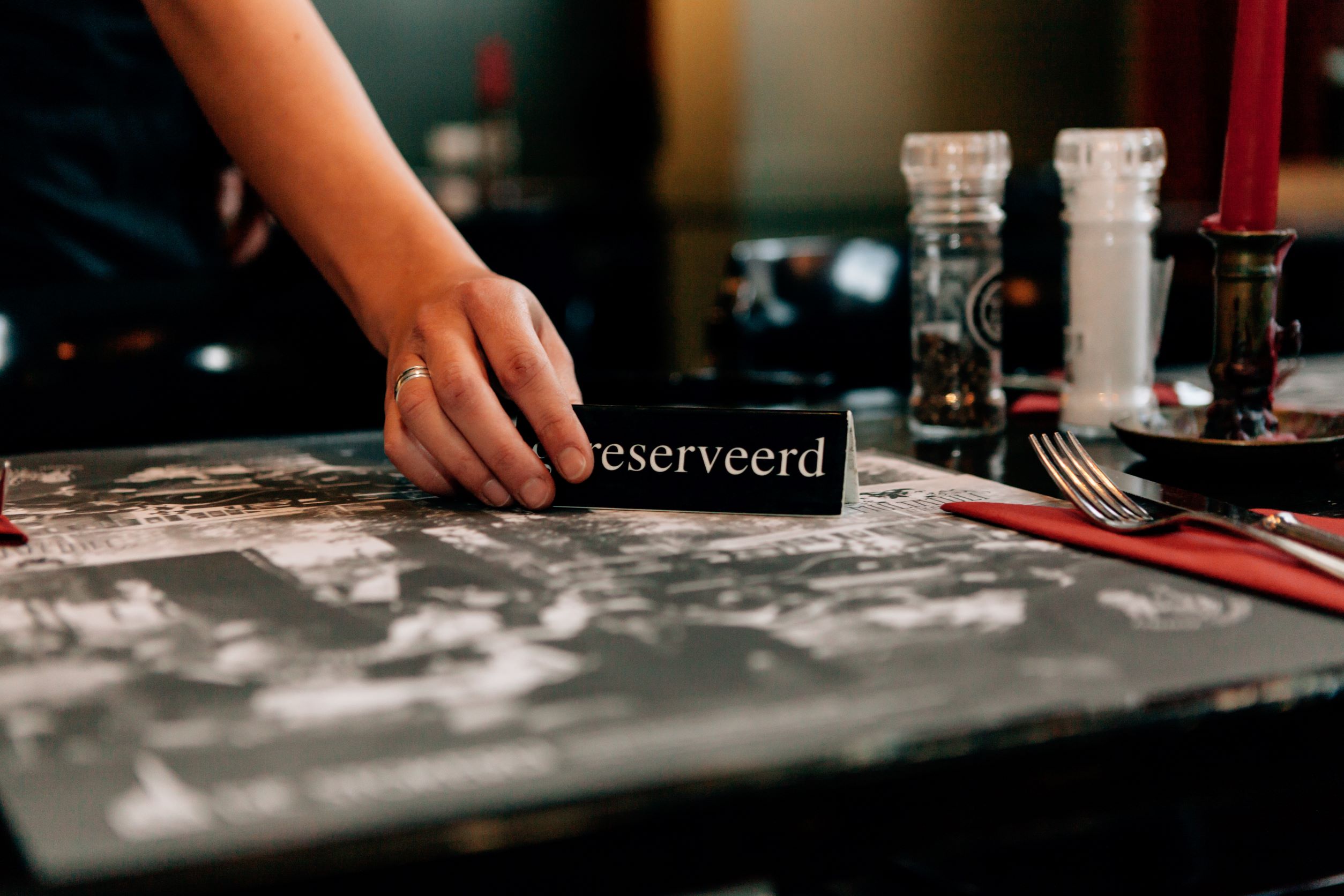When you’re running a restaurant it’s impossible to avoid on-call scheduling, as you never know when things are going to get increasingly busy. A team member could also call in sick at any given time, leaving the team short-staffed and unprepared for the shift! This is why on-call scheduling is so important, but it’s also a problem when it’s being mismanaged.
Not only will your staff become increasingly frustrated, but it may have an impact on the financial security of your business as well. If you cannot operate to the best of your abilities due to improper on-call schedules, how can you expect to maximize profits?
In any case, we’re going to look at why on-call scheduling is a must, as well as what it is in general. This article will also cover a few of the benefits (and minor drawbacks) that can come along with implementing on-call schedules.
What is On-Call Scheduling in the Restaurant Industry?
On-call scheduling is when you have a set of employees that you can call upon whenever the time comes. Restaurants are constantly getting hit with busy patches through the likes of lunch and dinner rushes, but there are also times when having someone cover a shift is critical to the success of your business that evening.
Even one person calling out sick could throw your entire team off-balance, which is why it’s always important to have a backup plan. On-call scheduling lets you set aside a certain number of employees to be used whenever a situation like this arises.
The Format: Different Types of On-Call Scheduling
Rotating
This is where you have team members assigned to on-call shifts on a rotating schedule. Employees may be handling on-call duty for one or two weeks before being rotated back into their traditional role, or even potentially months. These rotations tend to happen due to availability, or even for assigning those “less than desirable” shifts to members of the team. You can also use rotating shifts to help with cross-training!
Select Team Members
A select number of employees will be assigned to an on-call role, meaning they’re always going to be working the on-call shift. Restaurants tend to use this because some employees are completely against being on-call, while others are more than happy to accommodate more working hours. This can also be used if a restaurant requires somebody to fill an expert role and needs access to their services 24/7, but doesn’t necessarily need them on-site.
Primary + Secondary
This is where you have two sets of workers to assign on-call shifts, with the first one being the more “reliable” one. If anybody from the first list declines to come in for an on-call shift, you can revert to the secondary list and see if anybody is willing to pick up a shift. It allows the primary workers to pick up as much work as possible, while the secondary workers can focus more on their personal lives (while still maintaining a job).
Alternating (Weekly)
As the name would suggest, this is where you have multiple sets of workers assigned to on-call shifts and have them alternate weekly. It’s perfect for giving all applicable employees a crack at the on-call shifts, and you can even impose specific rules that prevent people from working the shift for two consecutive weeks (to keep things fair).
The Benefits of Using On-Call Scheduling
Employees Have More Flexibility
Employees are more flexible when it comes to on-call work and will be willing to come in where their time rolls around (hopefully!). When you don’t have a schedule set in stone, you can try and do other things outside of work that you wouldn’t normally have time for. Of course, sometimes this can be too much flexibility for some.
Extra Shifts Are Readily Available
Many workers within the restaurant industry are ready to pick up extra shifts whenever they are available. By implementing a proper on-call schedule, you’ll be giving the most dedicated workers at your restaurant a chance to earn even more. Who knows, maybe they’ll work their way up to a better role over time!
The Drawbacks of On-Call Scheduling
Some Employees Hate It!
Most employees are okay with on-call scheduling because that’s how the world of business works. However, a few of them are going to fight it whenever they get the chance. It’s okay to have a few employees that aren’t keen on working the on-call schedule, but if the majority of your team feels that way, it could be an issue.
Finding Replacement Workers
Finding replacement workers to fill the role of on-call staff is tough at times, especially in the restaurant industry. It can offer up long hours that feature hard work and foot aches, and many people would (unsurprisingly) prefer a fixed schedule for something like that.
On-Call Scheduling Could Change the Way You Operate
If you haven’t implemented on-call scheduling yet and you run a restaurant, what are you waiting for? There are thousands of restaurants out there that manage to keep their staff happy and flexible through on-call scheduling, so it only makes sense to at least consider it for yourself.
If you’re worried about handling the number crunch on your own, there are many on-call scheduling services (and software) on the market that will take care of things for you.





